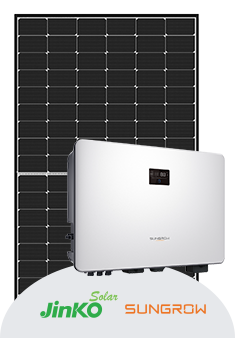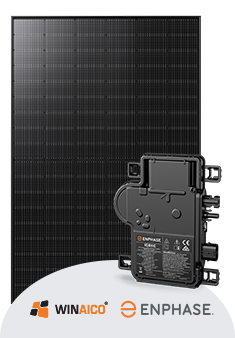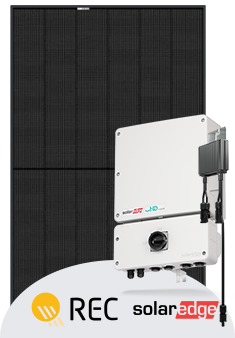Solar Power Systems
How Do Solar Systems Work?
Solar panels generate power from the sun’s rays. This power then goes through the inverter, changing it from DC power to AC power, which is what our households operate on.
Your house uses any solar power you generate first, then if your system produces more power at any given time than the house is using, this excess power goes out to the power lines (grid), to be then used elsewhere. Your Power Company may pay you for this power.
Should your house use more power than your solar system generates, it will then draw power from the grid ─ e.g. night time use. In the event of a blackout, for the safety of the linesmen working on the fault, you too will have a blackout. A Hybrid system however, will keep working, as it will switch from Grid power to Battery power.
A new electricity meter is required which then measures both the power you generate and the power you export. What’s missing from this picture? The power you use! Because your premise is net metered you will not see the power you use as it is being used before it goes through the meter. However, there are energy monitoring solutions that can solve this issue, or you can take readings off the inverter itself.
Check out our quality solar packages
Solar Integrity solar specials
QUALITY RESIDENTIAL SOLAR PACKAGES
FAQs
Am I eligible for Solar Rebates?
There are various rebates or incentives available from the Federal and State Governments for solar power, hot water upgrades and batteries. Trying to work out what you are eligible for can be really confusing, but we take the confusion out of it for you.



